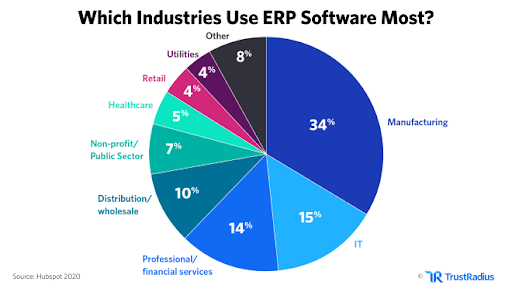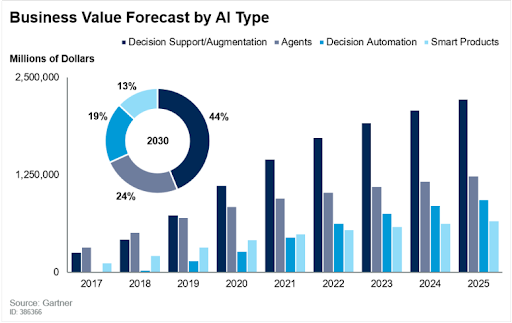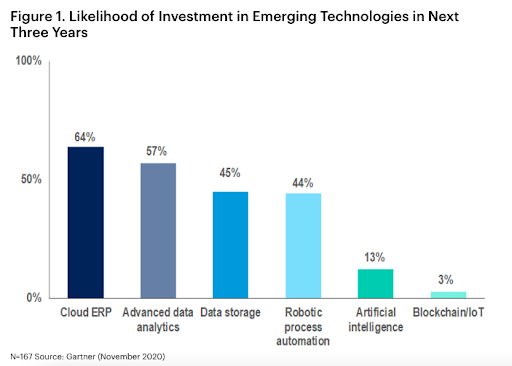You’ve made the decision to implement an ERP system—a powerful tool that can bring together all the critical aspects of your business into a single unified platform. But as the excitement of transforming your operations takes hold, another question emerges: Do you need an ERP implementation consultant to help guide the way?
ERP implementations are complex. From selecting the right system to configuring it to fit your business’s unique processes, the road to a successful ERP implementation can be full of twists and turns. That’s where an ERP implementation consultant comes in—a seasoned expert who can help navigate the challenges and ensure that your ERP system implementation is tailored to your needs.
In this blog, we’ll explore when you should consider hiring an ERP implementation consultant, what they bring to the table, and how to find the right one for your business.
Why You Might Need an ERP Implementation Consultant
ERP implementations often require a blend of business acumen, industry experience, technical know-how, and project management skills. For many businesses, especially those undertaking ERP system implementation for the first time, having an expert to guide the process can be invaluable. Here’s why:
1. Specialized Expertise
ERP implementation consultants bring a deep understanding of ERP systems and how they work across various industries. They’ve likely overseen ERP implementations for businesses similar to yours and understand the unique challenges you may face. Whether it’s customizing the software, managing data migration, or integrating the ERP system with other tools you rely on, an ERP implementation consultant ensures that every aspect of the implementation is handled correctly.
2. Project Management
ERP system implementation is a major project, and like any project, it requires careful planning, scheduling, and execution. An ERP implementation consultant often serves as the project manager, ensuring that timelines are met, budgets adhered to, and that every member of your team knows their role in the process. This level of oversight can help prevent costly delays and keep your implementation on track.
3. Customization
Your business is unique, and your ERP system should reflect that. One of the greatest advantages of working with an ERP implementation consultant is their ability to customize the system to match your specific needs. Rather than forcing your business to conform to a rigid, out-of-the-box solution, an experienced consultant can tailor the ERP system to fit your existing workflows, industry regulations, and strategic goals.
4. Training and Support
ERP implementations don’t end when the system goes live. One of the most critical steps in the process is ensuring that your team is trained and ready to use the system effectively. An ERP implementation consultant can provide comprehensive training and ongoing support, ensuring that your employees understand how to navigate the system and leverage its full potential.
When Do You Need an ERP Implementation Consultant?
Not every business will need to work with an ERP implementation consultant, but there are several scenarios where bringing in an expert is a smart choice. Consider engaging a consultant if:
- You’re new to ERP systems: If this is your first time implementing an ERP system, having a consultant to guide you through the process can help you avoid common pitfalls.
- Your business is complex: If your company has intricate operations, multiple departments, or industry-specific requirements, an ERP implementation consultant can help ensure that the system is configured to handle your complexities.
- You lack in-house expertise: Not every business has an IT department or staff members with experience in ERP system implementation. A consultant fills this gap, providing the technical and functional expertise you may not have in-house.
- You have a tight timeline: If you need to implement your ERP system quickly to meet business goals, a consultant can accelerate the process by managing the project and ensuring that each phase is completed efficiently.
How to Find the Right ERP Implementation Consultant
Finding the right ERP implementation consultant is critical to the success of your project. Here’s how to go about selecting the right fit for your business:
1. Look for Relevant Experience
Not all ERP implementation consultants are the same. When evaluating potential partners, look for someone with experience in your industry and with your chosen ERP system. If you’re implementing an all-in-one ERP system like Striven, for example, find a consultant who has successfully implemented that specific software for businesses like yours. Industry experience matters—someone familiar with your sector will better understand your unique challenges and regulatory requirements.
2. Evaluate Their Track Record
Ask for case studies, references, and testimonials. A seasoned ERP implementation consultant will have a portfolio of successful ERP implementations they can share. When reviewing their track record, pay attention to the types of businesses they’ve worked with, the size of the projects, and the outcomes achieved.
3. Assess Their Communication Skills
ERP system implementation is a collaborative effort that requires clear communication between your business and the consultant. During the evaluation process, take note of how well the consultant communicates. Are they responsive to your questions? Do they explain complex ideas in a way that’s easy to understand? Good communication is essential for ensuring that your project stays on track and that all stakeholders are informed.
4. Consider Their Approach to Customization
Customization is key to ensuring that your ERP system works for your business. Ask potential consultants how they approach customization and whether they’ve successfully tailored ERP systems to fit the needs of other businesses. You want a consultant who’s flexible and willing to adapt the system to your specific processes rather than forcing you to adapt to the system.
5. Review Their Project Management Capabilities
Finally, make sure that your ERP implementation consultant has strong project management skills. They should be able to provide a detailed implementation plan with timelines, milestones, and deliverables. A good consultant can quickly draw up a contingency plan should an unforeseen challenge arise during your ERP system implementation.
Final Thoughts
An ERP implementation is a significant undertaking, and having the right partner can make all the difference. An ERP implementation consultant brings proven business expertise, exceptional project management, and focused customization capabilities needed to ensure that your ERP system implementation is not only successful, but tailored to your unique business needs.
Whether you’re implementing an ERP system for the first time or looking to refine an existing system, the right consultant can guide you through every step of the process, from selection and customization to training and post-launch support. With their help, you can avoid common pitfalls, meet your project goals, and position your business for long-term success.
Choosing the right ERP implementation consultant is about more than just finding someone with the technical skills—it’s about finding a partner who understands your business, communicates effectively, and is committed to helping you achieve your goals.










